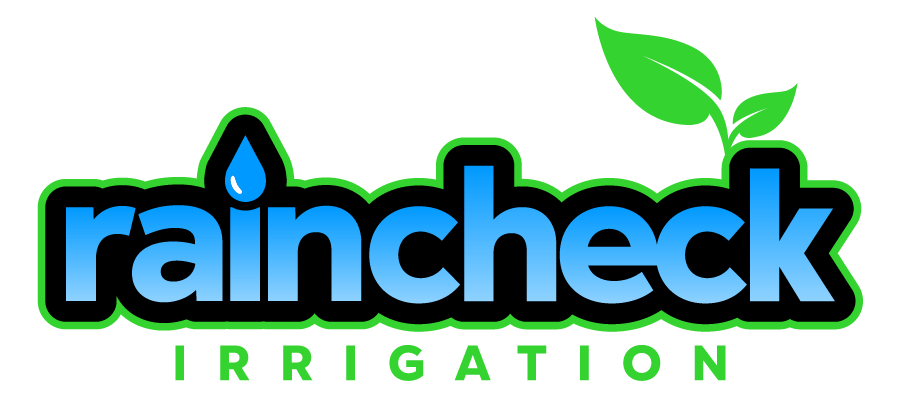Beyond Installation:
Estimating Lawn Irrigation Expenses
Lawn irrigation costs can vary significantly based on factors such as the size of the lawn, the type of irrigation system chosen, local climate conditions, and ongoing maintenance expenses. Initial installation expenses encompass the purchase and setup of the chosen system, with prices ranging from a few hundred to a few thousand dollars, depending on complexity. Ongoing costs include water usage charges, routine maintenance, and any necessary repairs. While the investment in a well-designed irrigation system can yield a lush and vibrant lawn, it's crucial for Michigan homeowners to consider their specific needs and budget constraints when assessing irrigation costs.
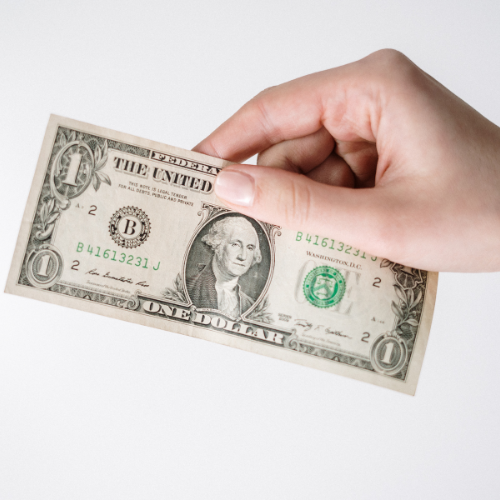
How much money do I expect to spend?
Maintaining a lush, vibrant lawn is a goal for many Michigan homeowners. While proper mowing and fertilization play significant roles, the importance of proper irrigation cannot be overlooked. However, achieving the ideal balance between a beautiful lawn and reasonable expenses requires understanding the intricacies of lawn irrigation costs. The amount of money you should expect to spend on lawn irrigation depends on various factors such as the size of your lawn, the type of irrigation system you choose, and your local climate.
Types of Lawn Irrigation Systems
There are several types of irrigation systems available, each with its own advantages and cost considerations:
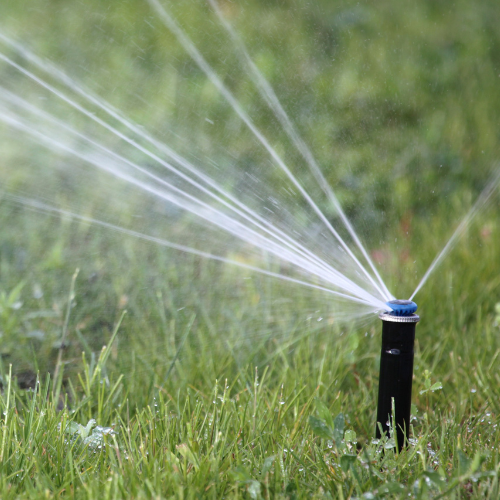
Sprinkler Systems: Sprinkler systems are versatile and can be customized to fit the size and shape of your lawn. They consist of various types, including stationary, oscillating, and rotary sprinklers, with costs varying based on system complexity and brand.
Drip Irrigation: This water-efficient system delivers water directly to the roots of plants through a network of tubing and emitters. While the initial installation cost may be higher, long-term water savings can offset this expense.
Soaker Hoses: These hoses release water directly onto the soil, minimizing water wastage through evaporation. They are cost-effective and work well for smaller lawns or specific garden areas.
Factors Influencing Lawn Irrigation Expenses
Understanding the elements that impact irrigation costs is essential for making informed decisions:
Lawn Size and Shape: The larger your lawn, the more extensive the irrigation system will need to be, which can increase installation costs.
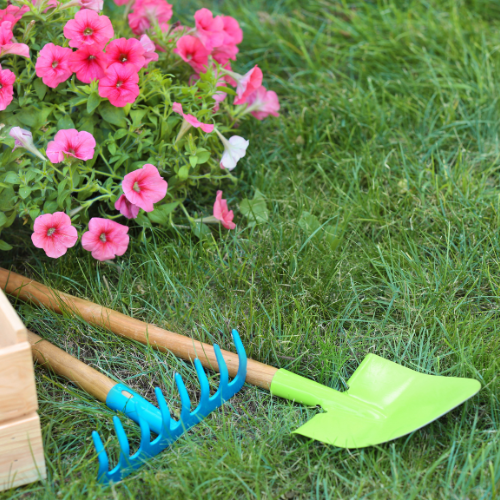
Soil Type: Soil that retains water well might require less frequent irrigation, potentially reducing long-term expenses. On the other hand, sandy soil necessitates more regular watering.
Plant Types: Different plants have varying water requirements. Drought-resistant plants can significantly decrease water usage and subsequently lower irrigation costs.
Local Climate: Areas with high humidity might require less irrigation compared to arid regions. Being aware of your local climate patterns can help optimize watering schedules.
Initial Installation Costs
The initial expense of setting up a lawn irrigation system depends on the type of system, the size of your lawn, and any additional features you opt for. On average, a professionally installed sprinkler system can cost between $2,500 to $4,500 for a quarter-acre lawn.
Ongoing Maintenance and Operation Costs
Beyond the initial installation, ongoing maintenance and operation costs should also be considered:
Water Usage Costs: The primary ongoing expense is the cost of water consumption. While well-maintained irrigation systems can be efficient, it's crucial to factor in the price of water in your region.
Seasonal Adjustments: Some irrigation systems can be adjusted seasonally to account for changing weather conditions, optimizing water usage, and potentially reducing costs.
Repairs and Upkeep: Regular maintenance, including checking for leaks, clogs, and malfunctioning components, is essential to prevent costly repairs down the line.
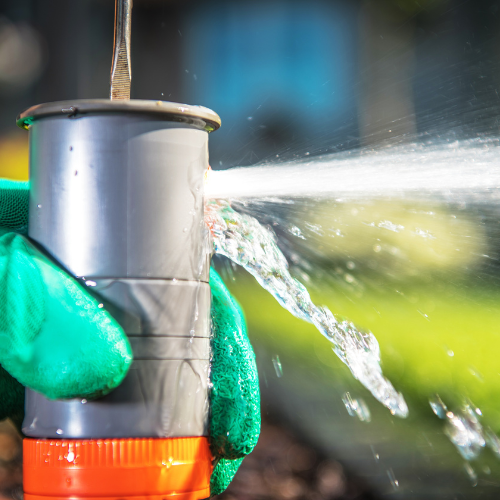
Advancements in technology have given rise to smart irrigation systems that use sensors and weather data to tailor watering schedules. While the upfront cost may be higher, these systems can lead to substantial water savings, thereby offsetting the initial investment over time.
Tips to Manage Lawn Irrigation Expenses
Plan Efficiently: Design your irrigation system strategically, focusing on areas that require the most water and avoiding over-watering.
Watering Schedule: Set a watering schedule that aligns with the needs of your plants and the local climate. Watering during the early morning or late afternoon minimizes water loss due to evaporation.
Regular Maintenance: Perform routine checks and maintenance to identify and address issues promptly, reducing the risk of costly repairs.
Hunt for insights. Read more of our articles below.
Let RainCheck Irrigation make your dream lawn a REALITY.
Services
Service Areas
Wixom | Canton | Plymouth | Northville | Clarkston | Hartland | South Lyon | Saline | Ann Arbor | Milford | Twp of Hamburg | Novi | Holly | Fenton | Livonia | Brighton | Howell | Pinckney | Ypsilanti | Grand Blanc | Commerce | Highland Twp
